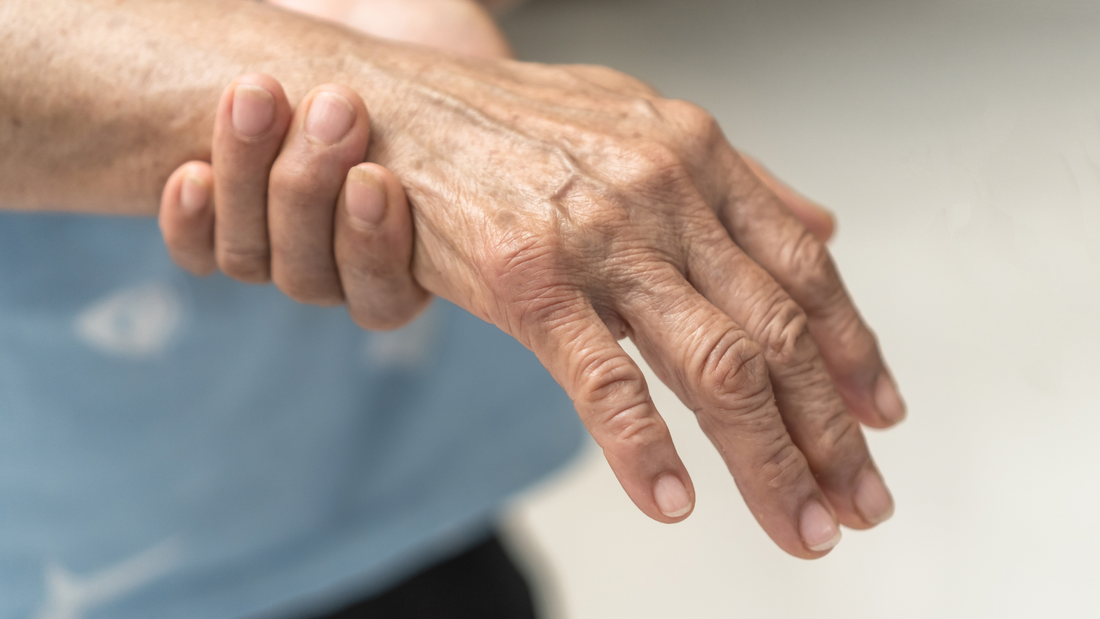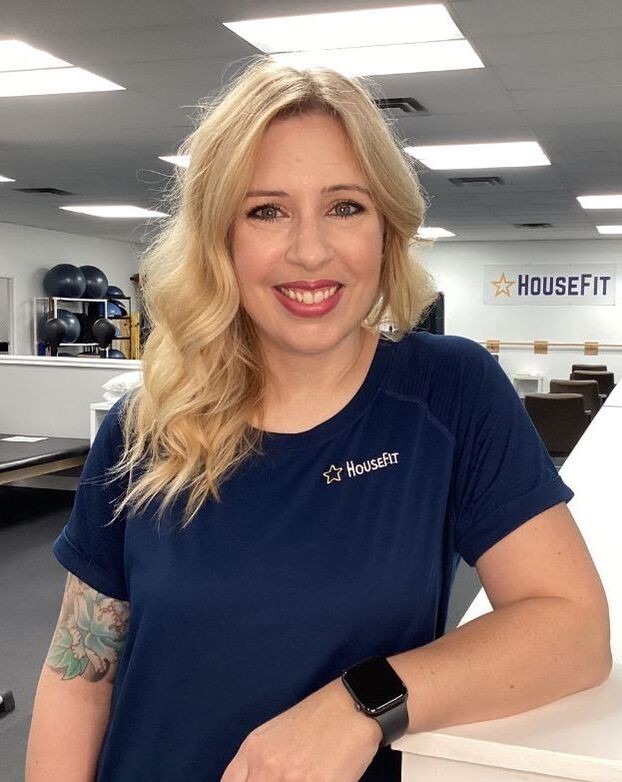|
By: Dr. Beth Templin In last month’s article I highlighted the use of Regenerative Therapy for muscle and bone pain. This month I want to focus on a different type of pain that commonly affects older adults Neuropathy pain, which commonly occurs in the feet and lower legs and can be debilitating. The most common causes of neuropathy are diabetes, Vitamin B12 deficiency, chemotherapy, alcohol abuse, and autoimmune diseases. Neuropathy can also be caused by injuries, infections, exposure to toxins, poor circulation, and hereditary conditions. Nerve pain feels different than muscle or bone pain. Common ways of describing it are shooting, stabbing, electrical, burning, or tingling. For many, this pain is worse at night, often disturbing sleep and keeping people awake. Neuropathy can also cause numbness in the affected area. Until recently, treatment options were limited to managing the underlying cause and adding in medications such as Neurontin (gabapentin) or Lyrica (pregabalin) to help decrease symptoms. The problem with these medications is they may have side effects including drowsiness, dizziness, and decreased balance, and are not usually all that effective at decreasing the pain. The good news is, there is now a more effective option available. Radial Shockwave has been used to treat the pain associated with neuropathy with 90% of patients reporting 50% or more reduction in pain levels! Nerve pain is caused by damage to the nerve cells. Our nerves are very vulnerable to injury as they rely heavily on the tiny blood vessels in our bodies, known as capillaries, for nourishment. These capillaries are easily harmed by increased blood sugar, increased blood pressure, and increased fats in the blood. This is where Shockwave comes in. If you recall from last month’s article, Radial Shockwave creates microtears in the capillaries and the nerve tissue. This results in increased blood flow to the area being treated and triggers the healing process in the blood vessels and the nerves. As a result, the nerve tissue begins to repair and regenerate. This allows them to function normally again and stop sending out pain signals. Radial Shockwave is most effective at decreasing neuropathy pain symptoms - the burning, tingling, and electrical shocks. However, it is not as effective in increasing the sensation that is also sometimes lost with neuropathy. For example, the loss of feeling in your feet, which can affect your balance. The healing process does not happen overnight. The recommended protocol is 1 time a week for 3 weeks, followed by 1 time a week every other week for 3 weeks. This is considered the initial treatment phase. Most people experience pain relief for anywhere from 2-6 months. The length of this time period depends on how well the underlying cause of the neuropathy is controlled. Then, you enter the maintenance phase. In this phase, you would come in for additional Shockwave sessions when the symptoms start to return. Radial Shockwave is not meant to be a cure for the pain, but rather another option to manage it long-term. Why choose this option? Radial Shockwave has been shown to be highly effective and has a high patient satisfaction rate. It is a safe, non-invasive option to manage the pain long-term without the use of medications. 💗 Dr. Beth Comments are closed.
|
AUTHORDr. Beth helps adults 55+ maximize their independence and fitness, so they can continue to enjoy a full and active life. Archives
July 2024
Categories
All
|




 RSS Feed
RSS Feed
